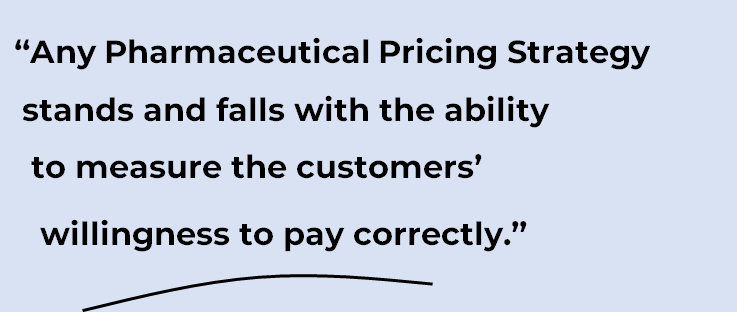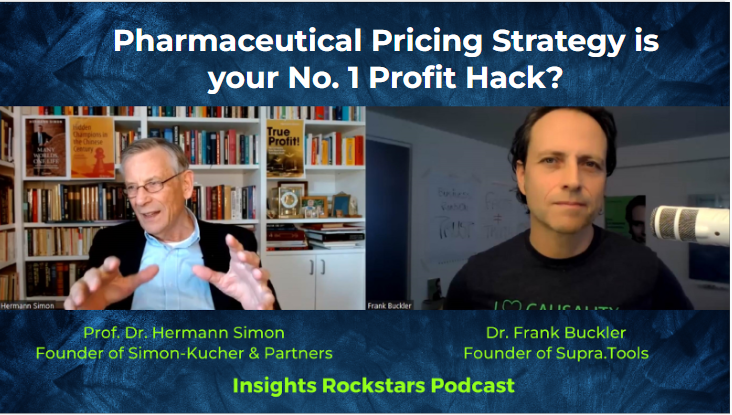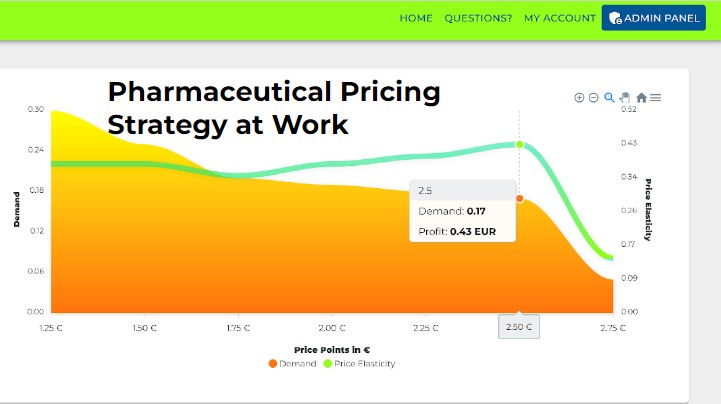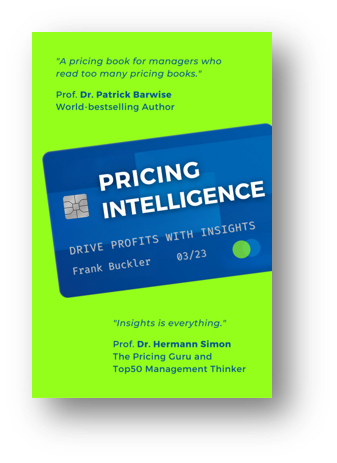
Why do pharmaceutical companies charge so much for their drugs? We take a look at the different pricing strategies that these companies use to make huge profits.

Types Of Pharmaceutical Pricing Strategies
There are many different types of pharmaceutical pricing strategies out there. And while some may work better than others in certain situations, there is no one-size-fits-all approach that will work for every company in every situation. To find the right strategy for your company, you’ll need to consider a number of factors, including your competition, your target market, and the overall goals of your pricing strategy. Here are a few of the most common pharmaceutical pricing strategies:
1. Cost-plus Pricing
Cost-plus pricing involves setting prices based on the cost of production plus a markup. This is one of the most common pricing strategies in the pharmaceutical industry, as it provides a good balance between affordability and profitability.
2. Competition-based Pricing
Competition-based pricing involves setting prices based on what your competitors are charging. This can be a risky strategy, as you could end up either overcharging or undercharging relative to your competitors.
3. Value-based Pricing
Value-based pricing involves setting prices based on the perceived value of your product or service. This is often used for high-end products or services where customers are willing to pay more for a perceived increase in quality or convenience.
4. Volume discounts
Volume discounts are offered to customers who purchase large quantities of a product or service. This type of discount can be used to incentivize customers to buy more product than they otherwise would, which can help boost sales and revenue.

Key Components Of Pharmaceutical Pricing Strategies
Pricing strategies for pharmaceutical products are complex and constantly changing. In order to make informed decisions about pricing, it is important to understand the key components of these strategies. The following is a list of some of the most important factors to consider when developing a pharmaceutical pricing strategy:
Research and development costs
Pharmaceutical companies spend billions of dollars every year on research and development (R&D) in order to bring new drugs to market. This is often cited as one of the key reasons for high drug prices.
Marketing and advertising costs
Pharmaceutical companies also spend billions of dollars on marketing and advertising, which drives up the price of drugs.
Regulatory costs
The process of bringing a new drug to market is highly regulated, and this adds to the cost of drugs.
The bestselling book „Pricing Intelligence“ has more on the topic and

Production costs
The cost of manufacturing drugs is also a significant factor in the price of pharmaceuticals.
Some professionals prefer to access video tutorials around pricing and insights
SCIENTIFIC STUDY:
A revolution in price optimization
More profitable prices through neuroscience & AI - Scientific study on pricing with astonishing results

Summary
In conclusion, there are a few key strategies that you can use to manage your pharmaceutical prices and keep costs low. Remember to consider the needs of your patients, negotiate with suppliers, and take advantage of discounts and rebates. With careful planning, you can keep your costs down without compromising on quality or service.
Today pioneers use the latest pricing survey tools that use Neuroscience + AI
Interested professionals can use some tools even for free and explore on its own
You can access supra tools free here.
Get your FREE hardcopy of the “CX Insights Manifesto”
FREE for all client-side Insights professionals. We ship your hardcopy to USA, CA, UK, GER, FR, IT, and ESP.

Newsletter:
Keep updated on the latest Pricing Insights know-how and do-how.
In my email newsletter “Pricing Insights” I cover the whole range of pricing insights solutions-from Garbor Granger to Conjoint, from NeuroPricing to Pricing Software Systems. I describe the application in various fields from new product pricing to promotion, from brand premium to feature pricing.
Keep up to date here.


